Once the modchip plans are live, you can, too.


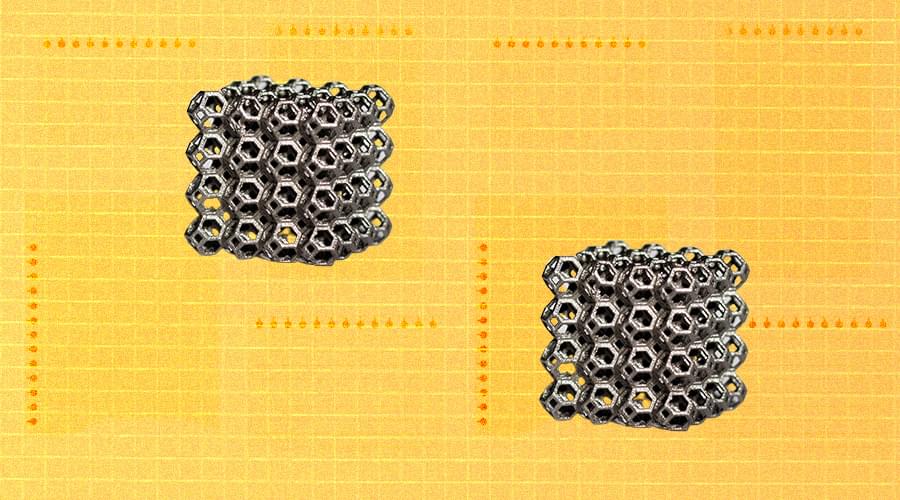
3D printed material:
MIT researchers manufactured objects made of flexible plastic and electrically conductive filaments. Some varieties of 3D-printed objects can now feel, using a new technique that builds sensors directly into their materials. 3D printing can be considered printing, although not as it’s traditionally been defined. The method opens opportunities for embedding sensors within architected materials, a class of materials whose mechanical properties are programmed through form and composition.
The researchers also created 3D editing software, known as MetaSense, to help users build interactive devices using these metamaterials. The new technique 3D-prints objects made from metamaterial substances made of grids of repeating cells. It was designed to conform to a person’s hand. When a user squeezes one of the flexible buttons, the resulting electric signals help control a digital synthesizer.
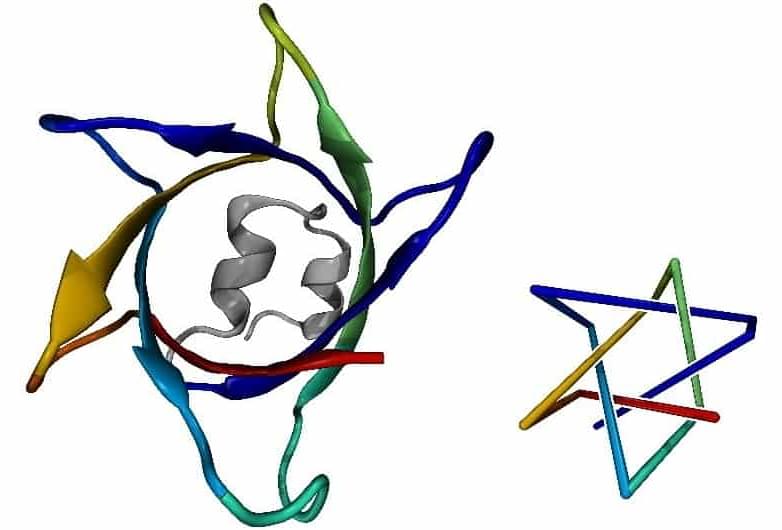
Scientists in Germany and the US have predicted the most topologically complex knot ever found in a protein using AlphaFold, the artificial intelligence (AI) system developed by Google’s DeepMind. Their complete analysis of the data produced by AlphaFold also revealed the first composite knots in proteins: topological structures containing two separate knots on the same string. If the discovered protein knots can be recreated experimentally it will serve to verify the accuracy of predictions made by AlphaFold.
Proteins can fold to form complex topological structures. The most intriguing of these are protein knots – shapes that would not disentangle if the protein were pulled from both ends. Peter Virnau, a theoretical physicist at Johannes Gutenberg University Mainz, tells Physics World that there are currently around 20 to 30 known knotted proteins. These structures, Virnau explains, raise interesting questions around how they fold and why they exist.
A protein’s shape can be closely linked with its function, but while there are a few theories on the functionality and purpose of protein knots there is little hard evidence to back these up. Virnau says that they might help to keep the proteins stable, by being particularly resistant to thermal fluctuations, for instance, but these are open questions. While protein knots are rare, they also appear to be highly preserved by evolution.
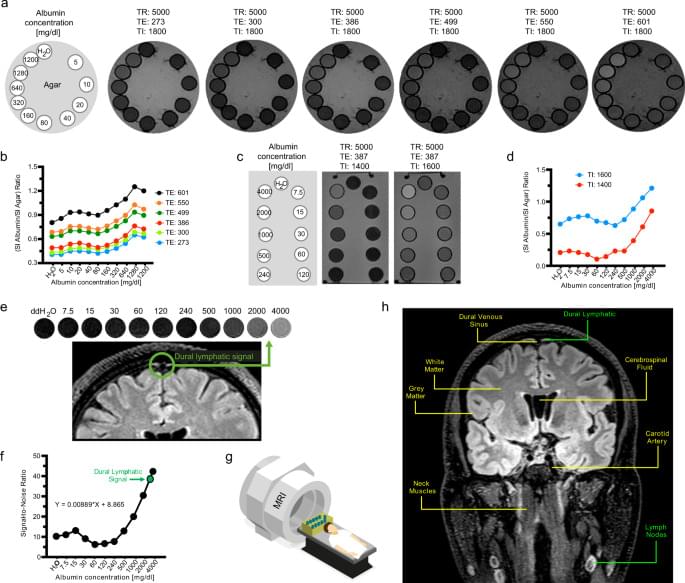
Youtube Short: 27 seconds.
The #medical #university of South Carolina and the University of Florida have shown the first non-invasive visualization of the #brain waste disposal clearance system in real time.
Abstract: #nature Communications:
McKnight Brain Institute University of Florida: https://mbi.ufl.edu/2022/01/18/mri-study-unveils-key-details…al-system/

Nuclear power plants provide large amounts of electricity without releasing planet-warming pollution. But the expense of running these plants has made it difficult for them to stay open. If nuclear is to play a role in the U.S. clean energy economy, costs must come down. Scientists at the U.S. Department of Energy’s (DOE) Argonne National Laboratory are devising systems that could make nuclear energy more competitive using artificial intelligence.
Nuclear power plants are expensive in part because they demand constant monitoring and maintenance to ensure consistent power flow and safety. Argonne is midway through a $1 million, three-year project to explore how smart, computerized systems could change the economics.
“Operation and maintenance costs are quite relevant for nuclear units, which currently require large site crews and extensive upkeep,” said Roberto Ponciroli, a principal nuclear engineer at Argonne. “We think that autonomous operation can help to improve their profitability and also benefit the deployment of advanced reactor concepts.”
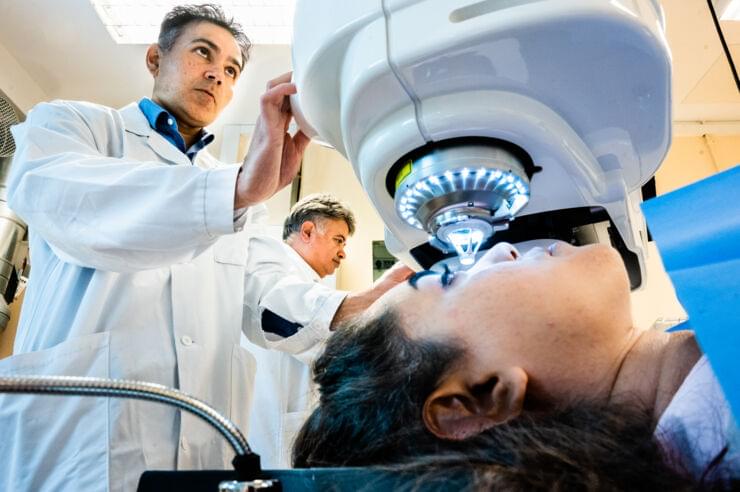
Researchers and entrepreneurs have developed an implant made of collagen protein from pig’s skin, which resembles the human cornea. In a pilot study, the implant restored vision to 20 people with diseased corneas, most of whom were blind prior to receiving the implant.
The study jointly led by researchers at Linköping University (LiU) and LinkoCare Life Sciences AB has been published in Nature Biotechnology. The promising results bring hope to those suffering from corneal blindness and low vision by providing a bioengineered implant as an alternative to the transplantation of donated human corneas, which are scarce in countries where the need for them is greatest.

And cleaning up the resulting space debris would be like ‘collecting bullets’.
SpaceX’s Starlink mega-constellation is growing at rocket speed.
SpaceX CEO Elon Musk recently announced that the private space company expects over 4,200 Starlink satellites in operation within 18 months\.
The number of satellites in orbit is increasing and soon we will have difficulties observing the sky. Cleaning up the space debris would be like ‘collecting bullets’.
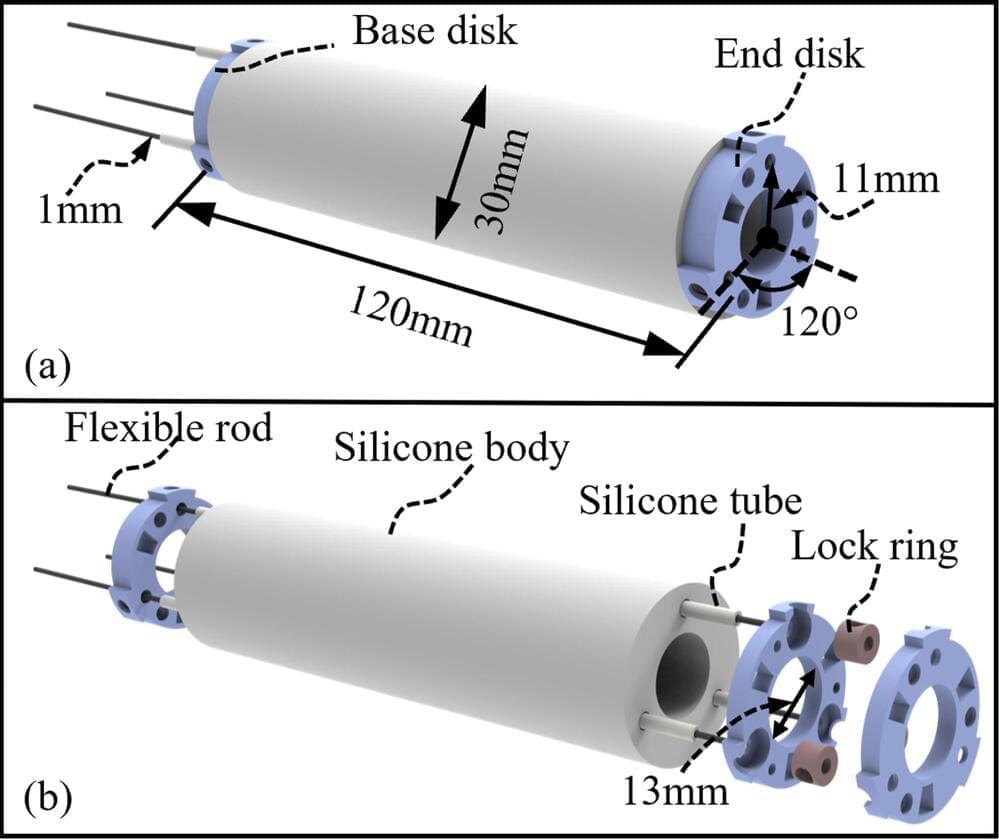
Soft robots that can complete tasks with high efficiency, accuracy and precision could have numerous valuable applications. For instance, they could be introduced in medical settings, helping doctors to carry out complex surgical procedures or assisting elderly and vulnerable patients during rehabilitation.
Soft robots are more flexible and can deform more. This can result in an increased dexterity (i.e., better manual skills when completing tasks), as well as in a reduction of payload (i.e., the robot capacity to carry a load), because they can produce smaller forces than rigid robotic systems.
Researchers at National University of Singapore and Beijing Jiaotong University have recently developed a new rod-driven soft robot (RDSR) that operates through push and pull movements. This robot, presented in a paper published in the IEEE Robotics and Automation Letters, combines the mechanisms of two robotic system previously created by members of the research group.

I’ll admit that I didn’t see this one coming: Retraction Watch is reporting that the Cambridge Crystallographic Data Center (CCDC), the world’s main repository of small-molecule crystal data, is on the way to pulling nearly a thousand deposited crystal structures because they appear to have been faked. A preprint from earlier this year from David Bimler flagged what seems to be a paper-mill operation flooding out bogus papers on metal-organic frameworks: hundreds and hundreds of weirdly worded manuscripts on nonexistent MOFs and their imaginary applications, full of apparently randomly selected “references” to the rest of the literature. And these things depositited crystal data with the CCDC, which is the step that I really didn’t expect.
After all, anyone who studies the scientific literature has (especially in recent years) seen these auto-generated papers full of crap. But faked crystal structure files? That’s nasty. The record of these papers shows a sudden jump in 2020 and 2021, leading Bimler to wonder:
The dates paint a picture of accelerating publication, as if a small-scale cottage industry had been scaled up to a production line with a larger staff. One can imagine crystallographers initially ghostwriting manuscripts as a favour for friends, moonlighting from their day job, and becoming progressively more professional, though this must remain speculation.